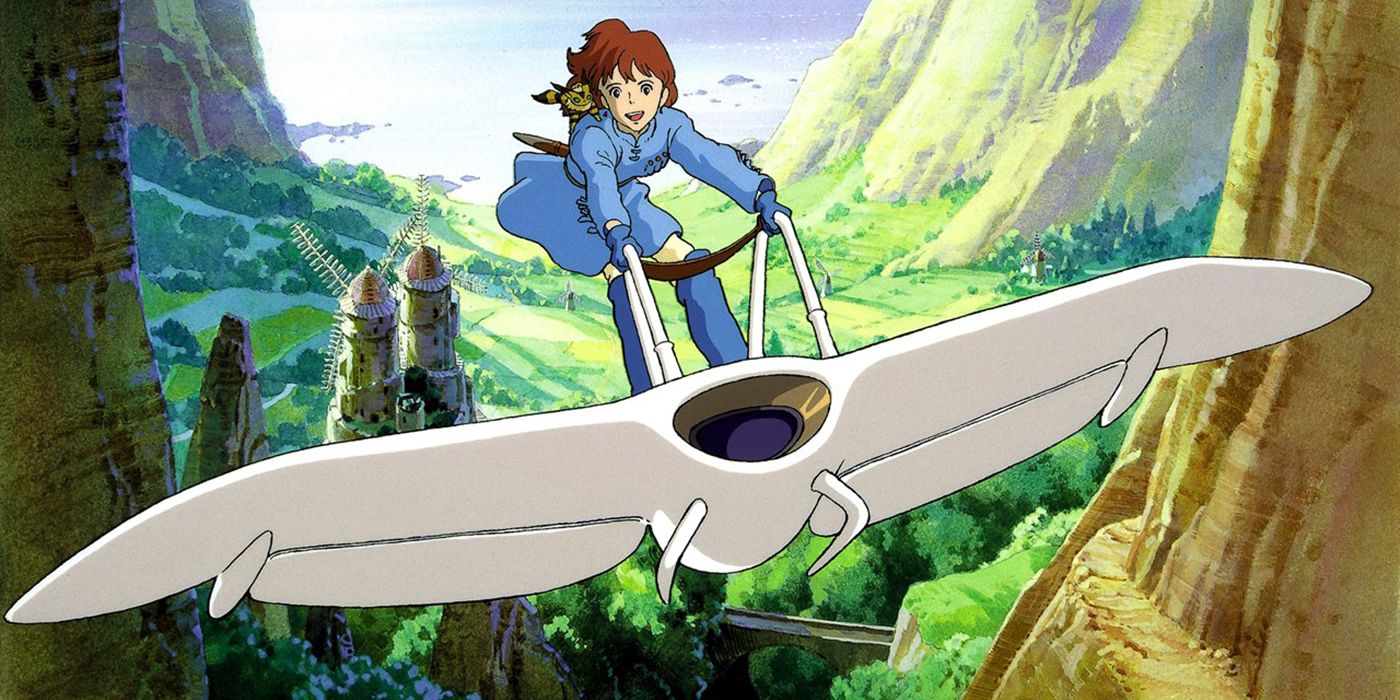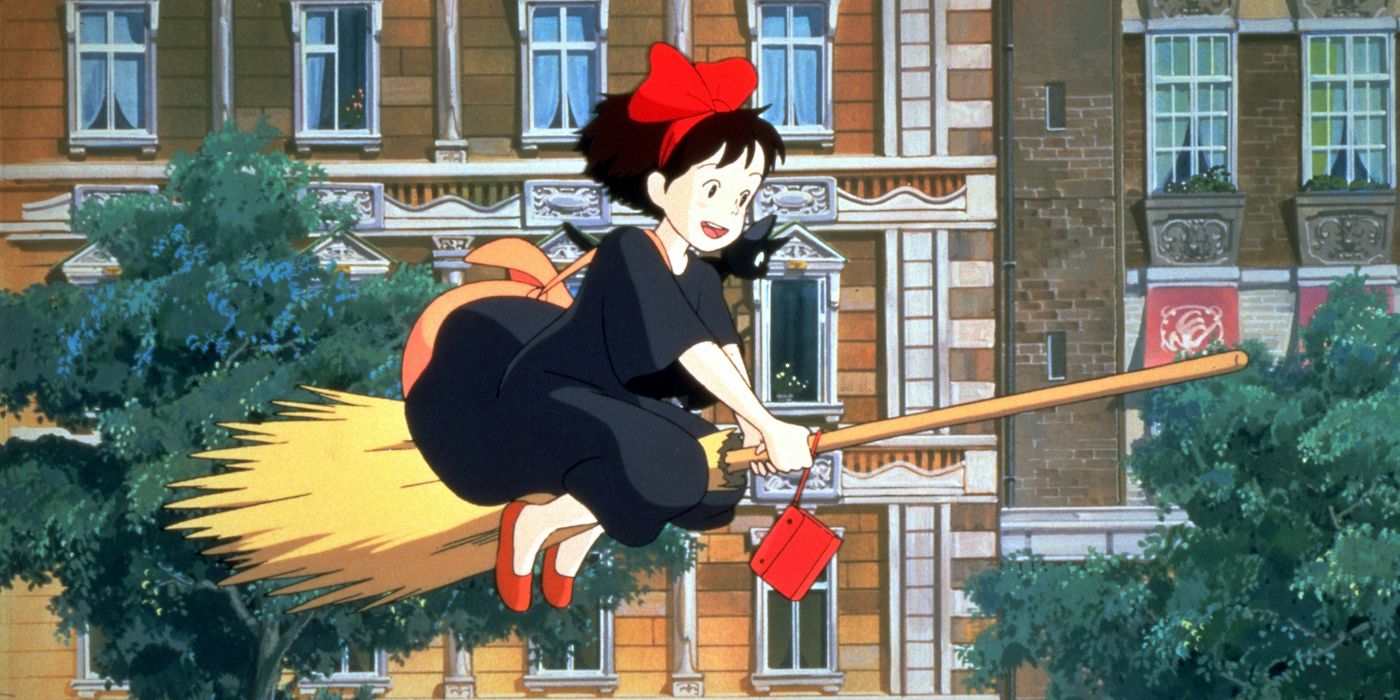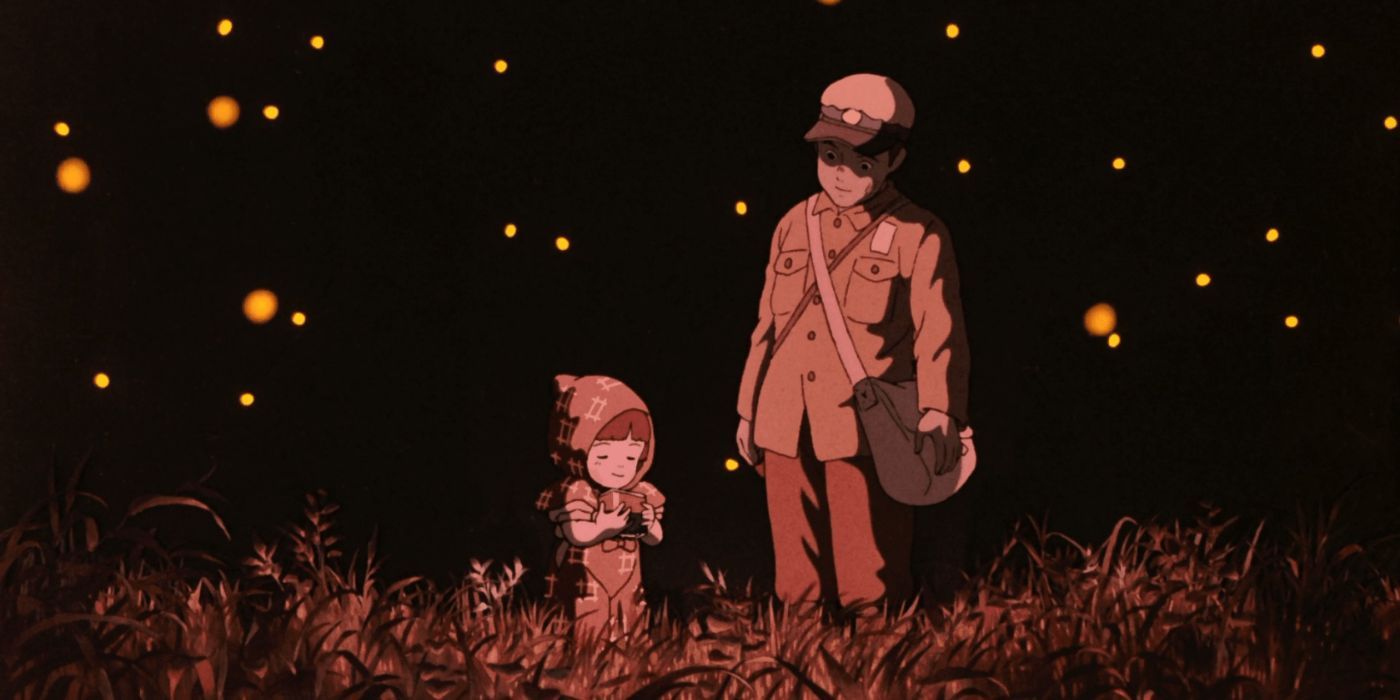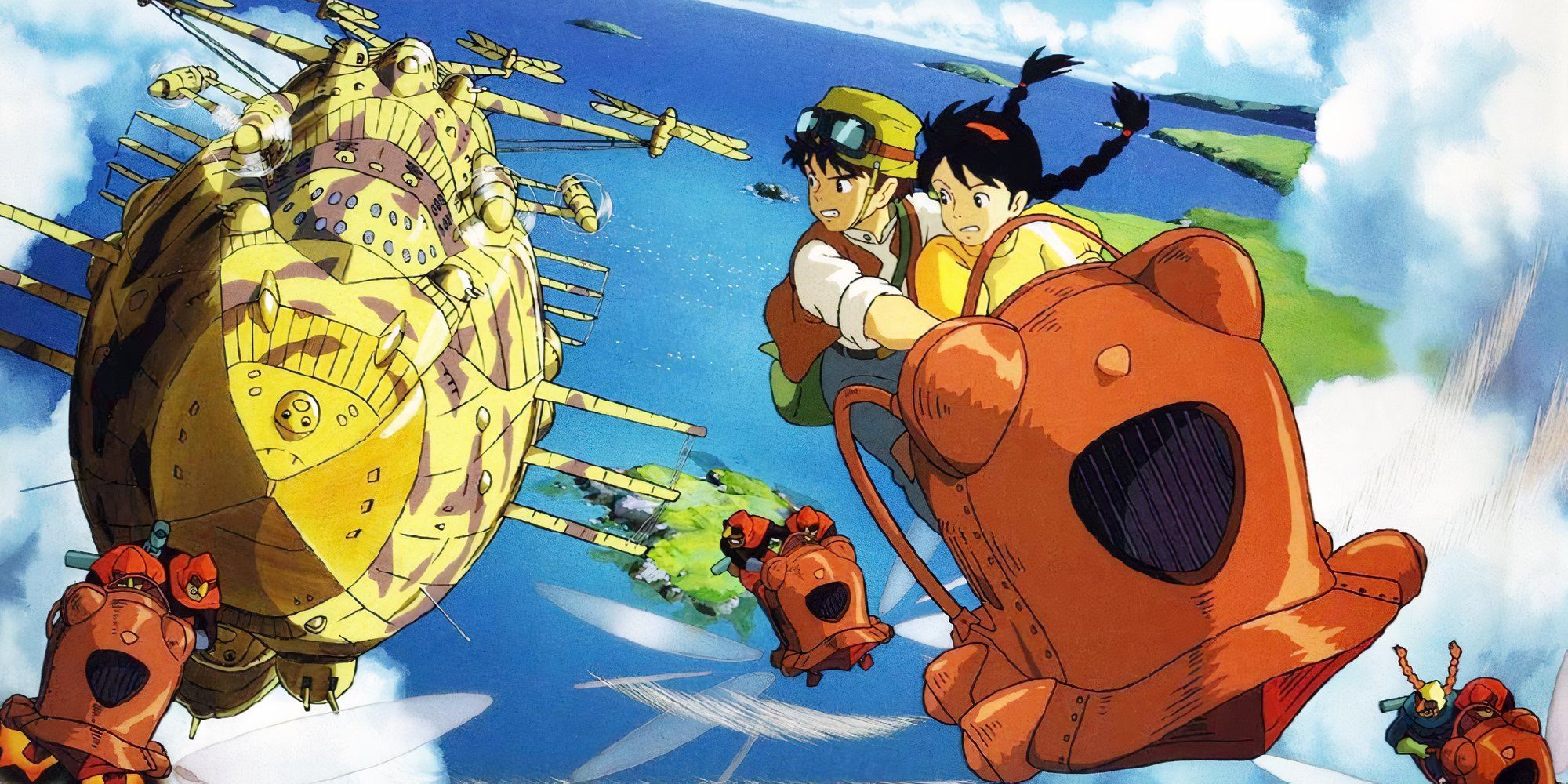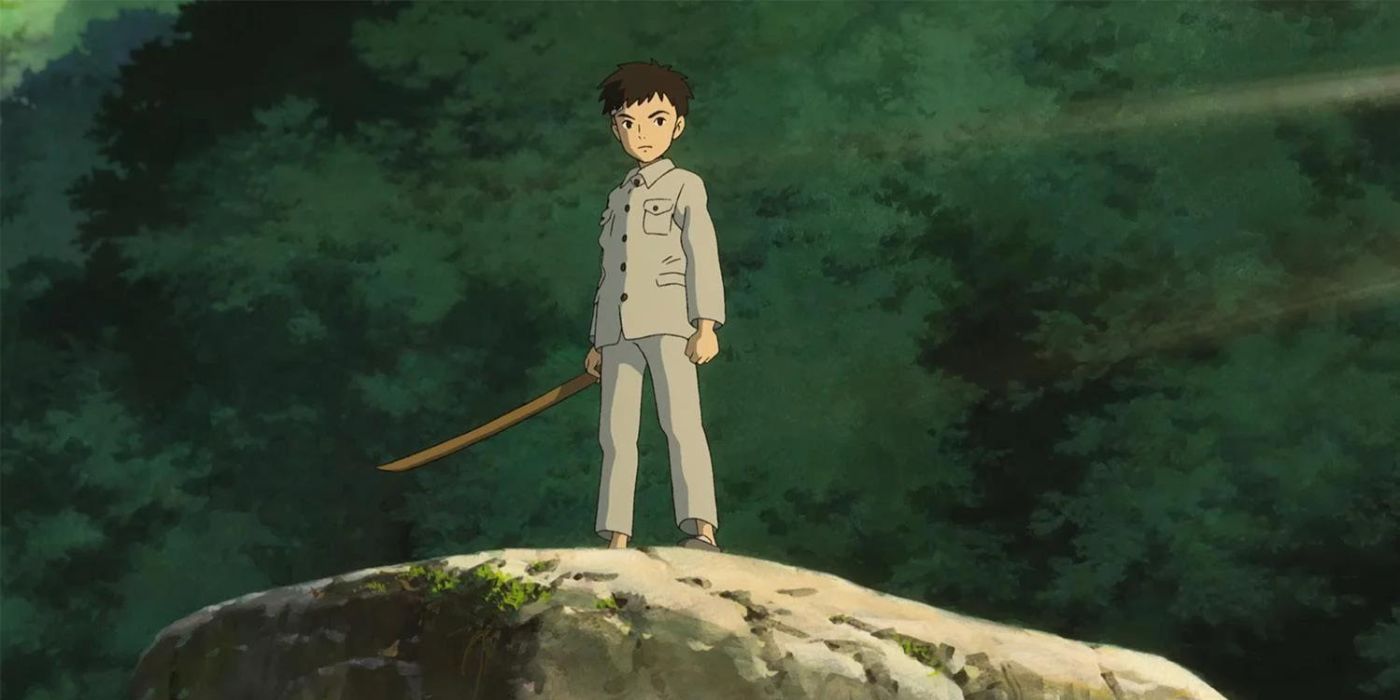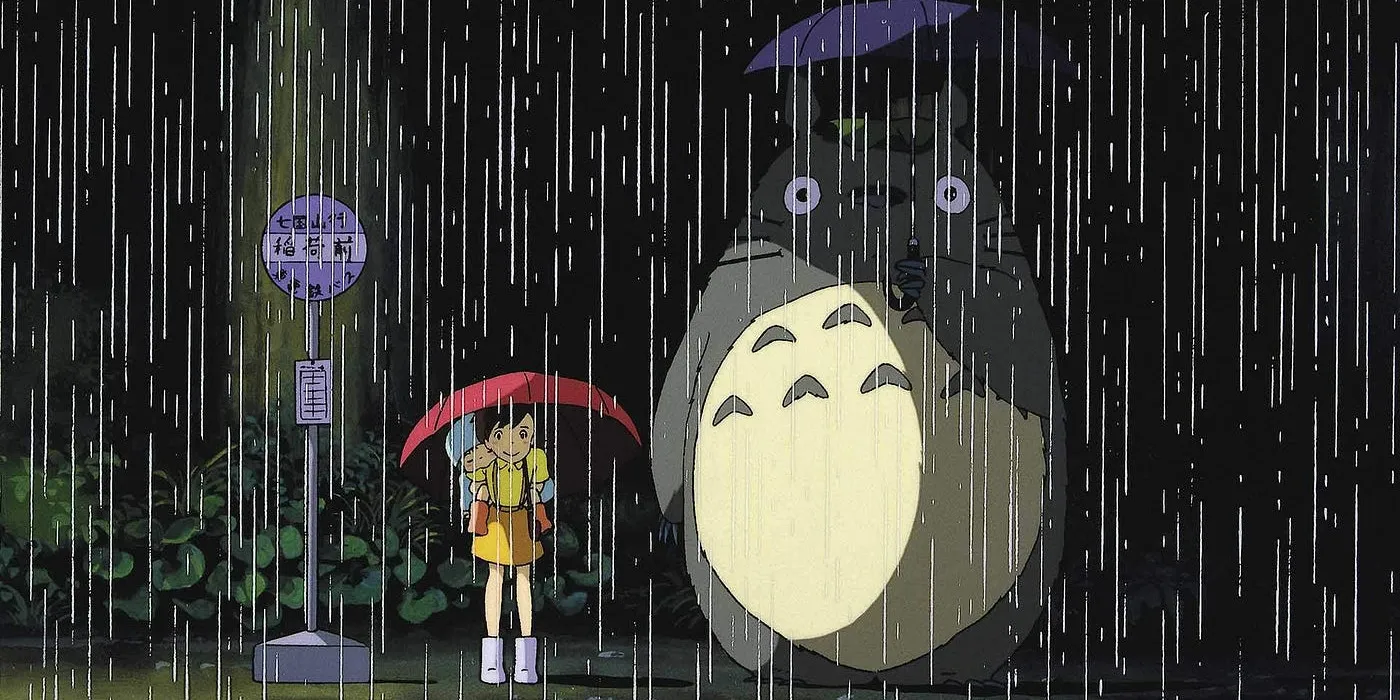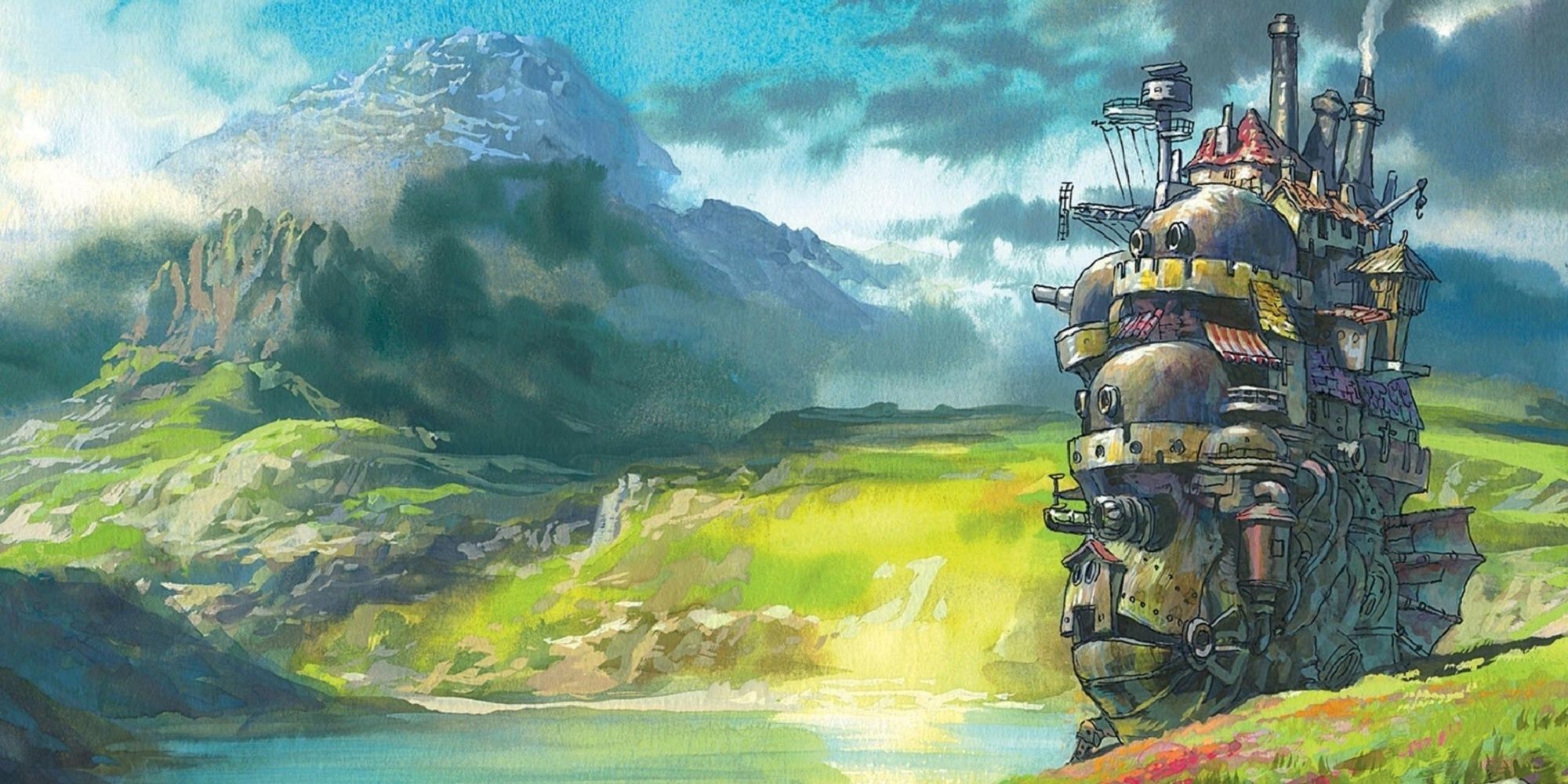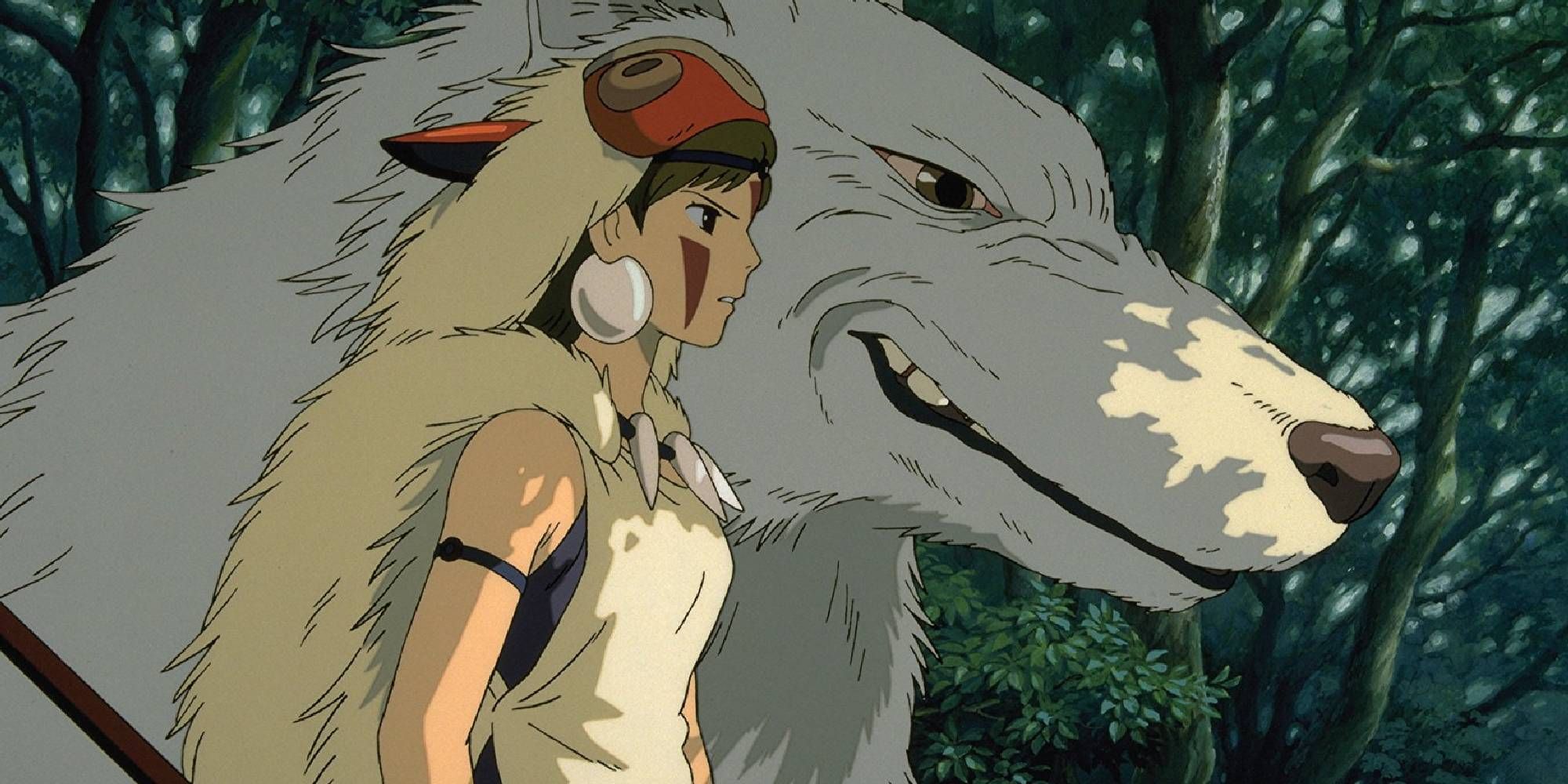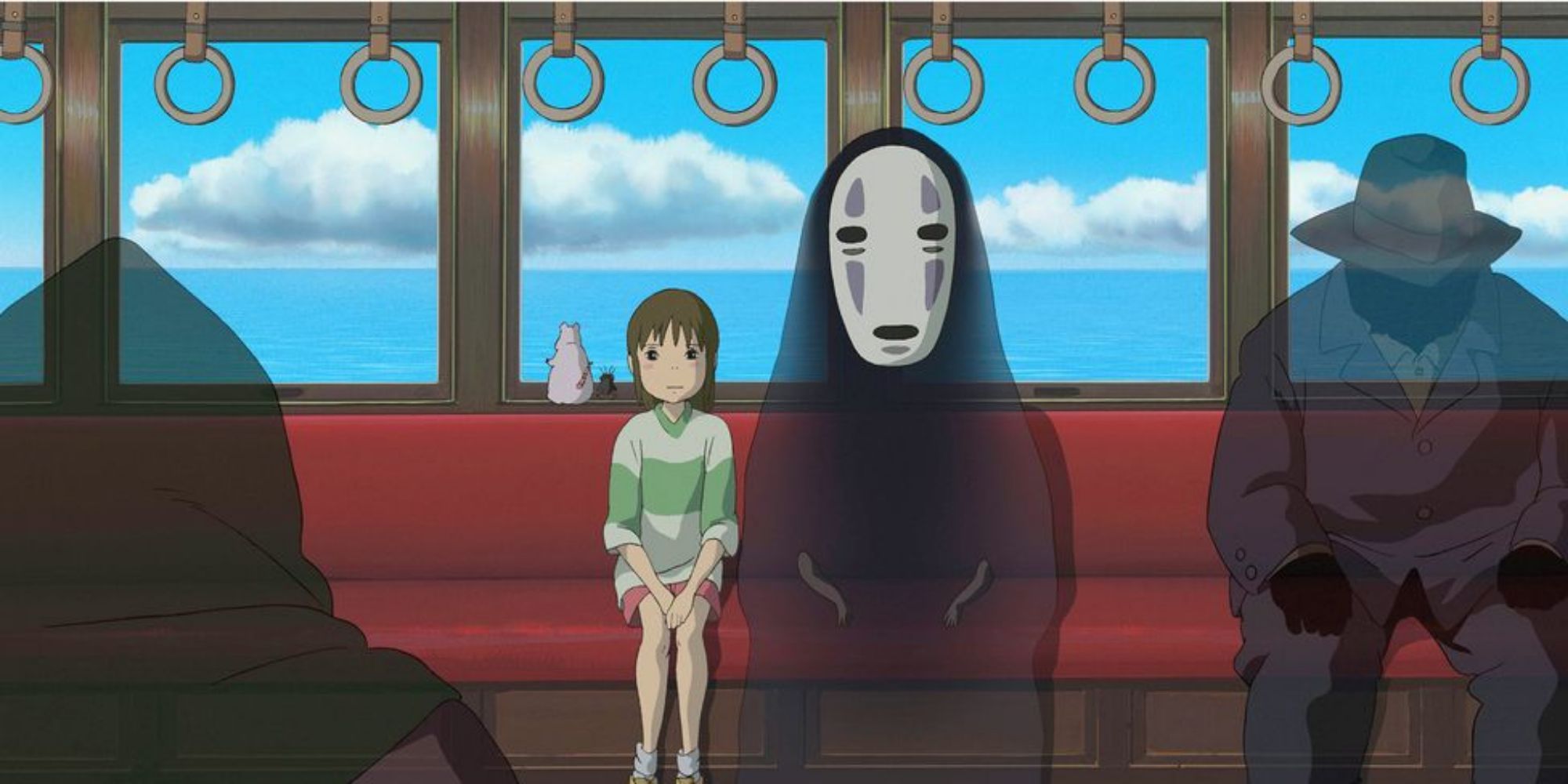Studio Ghibli is an icon for animation films, revered globally for its ability to craft timeless stories that blend imaginative fantasy, poignant themes, and breathtaking visuals. Since its founding in 1985 by Hayao Miyazaki, Isao Takahata, and Toshio Suzuki, the studio has set a benchmark for animated cinema. Its movies transcend cultural boundaries, offering tales that are as meaningful and heartfelt as they are visually stunning. From whimsical adventures to profound reflections on life and humanity, Studio Ghibli’s works have shaped the animation industry and redefined what storytelling in this medium can achieve.
Studio Ghibli has created iconic movies, that even the lesser-known films are equally impactful. This article will focus on the essential works the studio has made, highlighting its unique ability to pair intricate narratives with universal themes. Whether through themes of environmental harmony, the resilience of the human spirit, or the wonder of childhood, these films have left an indelible mark on audiences across the world. Let’s dive into the Ghibli masterpieces that have not only defined the studio’s legacy but also cemented its influence on generations of storytellers and fans alike.
10
‘Nausicaä of the Valley of the Wind’ (1984)
Directed by Hayao Miyazaki
Nausicaä of the Valley of the Wind takes place in a post-apocalyptic world where toxic jungles have taken over the Earth, and humanity is on the brink of extinction. The film follows Nausicaä, the compassionate princess of a peaceful valley, who seeks to understand the mysterious toxic forests and the massive insect creatures known as Ohmu. When an aggressive kingdom threatens her valley and aims to use a weapon of mass destruction to destroy the toxic jungle, Nausicaä embarks on a perilous journey to mediate peace and uncover the truth about the environment and humanity’s role in its decay.
This 1984 film was actually released before Studio Ghibli was formed but eventually was added to its library. It has all the foundations of the studio’s ethos, such as themes of environmentalism, pacifism, and female empowerment. Its influence can be seen in later Ghibli works that also explore humanity’s relationship with nature. Directed by Hayao Miyazaki, the film also marks Ghibli’s first collaboration with composer Joe Hisaishi. Without Nausicaä, Studio Ghibli might not have existed as we know it today, making it an essential and transformative part of the Ghibli canon.
9
‘Kiki’s Delivery Service’ (1989)
Directed by Hayao Miyazaki
Kiki’s Delivery Service follows the titular Kiki, a young witch who leaves her home at the age of 13 to live independently, as per witch tradition. With her broomstick, her black cat companion Jiji, and a positive spirit, Kiki starts a delivery service. As she navigates the challenges of self-reliance and the pressures of growing up, Kiki begins to lose confidence in her abilities, including her magic. Through newfound friendships and moments of self-discovery, she learns to trust herself again and find her place in the world. The English dub features the voice of Kirsten Dunst as Kiki.
This 1989 film is a heartwarming exploration of adolescence and self-discovery, with a great depiction of grounded magic. Directed by Hayao Miyazaki, it highlights themes of resilience, community, and the challenges of growing up. Its everyday magic contrasts with Ghibli’s more fantastical films. Kiki’s relatable journey of finding her footing in a new environment makes it a timeless coming-of-age story. Through vibrant, hand-drawn animation, the film’s charming depiction of urban life and its uplifting tone have made it a beloved entry in the Ghibli universe, making it an inspiration for anyone finding their way in the world.
8
‘Grave of the Fireflies’ (1988)
Directed by Isao Takahata
Grave of the Fireflies is a haunting tale set in Japan during the final days of World War II. It follows two siblings, Seita and his younger sister, Setsuko, as they struggle to survive in the aftermath of devastating firebombing raids. After losing their mother in a bombing raid, they attempt to build a life together in the countryside, only to face the harsh realities of famine, societal indifference, and the lasting scars of war. Despite their bleak circumstances, Seita does his best to protect Setsuko and create moments of fleeting joy, like catching fireflies to light up their dark nights.
Directed by Isao Takahata (The Tale of Princess Kaguya), this film stands as one of Studio Ghibli’s most emotionally impactful works, showcasing the power of animation to tell stories of profound human suffering and resilience. Its unflinching portrayal of war’s toll on civilians, particularly children, sets it apart from the studio’s other works. The film’s raw emotional power and haunting beauty serves as a stark reminder of the human cost of conflict. Based on a true story, Grave of the Fireflies is considered as one of the greatest war films ever made and a landmark achievement in animation.
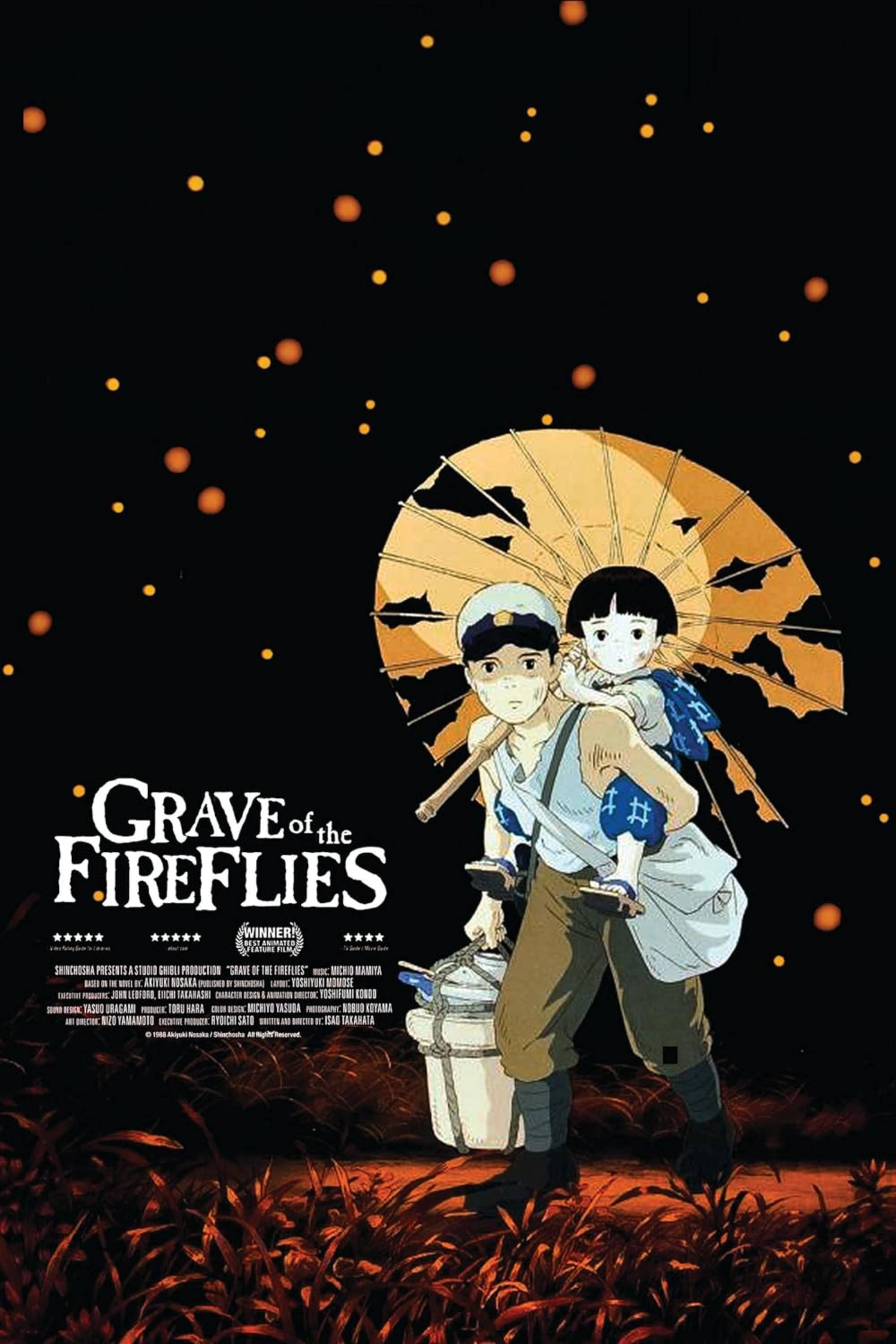
Grave of the Fireflies
- Release Date
-
April 16, 1988
- Runtime
-
89 Mins
- Director
-
Isao Takahata
- Writers
-
Akiyuki Nosaka, Isao Takahata
7
‘The Wind Rises’ (2013)
Directed by Hayao Miyazaki
The Wind Rises is a semi-biographical tale inspired by the life of Jiro Horikoshi, the aeronautical engineer who designed Japan’s iconic Zero fighter planes during World War II. Set against the backdrop of early 20th-century Japan, the film follows Jirō’s journey as he pursues his dream of designing beautiful airplanes, despite the inevitable reality that they will be used for war. Alongside his professional struggles, the story explores his tender romance with Nahoko, a woman battling a terminal illness. The film was supposed to be Miyazaki’s last film when he announced his first retirement.
The Wind Rises is a deeply personal and reflective work that stands apart from Studio Ghibli’s fantastical movies. With his stance as a pacifist, Miyazaki brings a grounded, introspective narrative to the film, making it one of the best war films of the 21st century. It’s a meditation on the pursuit of dreams, the cost of innovation, and the complex relationship between beauty and destruction. Paired with a beautiful score by Joe Hisaishi, The Wind Rises is not only an essential achievement in animation but also a thoughtful exploration of the human spirit. The film was the highest grossing film of 2013 in Japan, as the audiences flocked to see this masterpiece.
6
‘Castle in the Sky’ (1986)
Directed by Hayao Miyazaki
Castle in the Sky follows Sheeta and Pazu, two young adventurers brought together by fate. Their journey leads them to search for Laputa, a legendary floating city filled with advanced technology and unimaginable treasures. Along the way, they must outwit greedy pirates, a corrupt government agent, and a ruthless military force, all of whom want to claim Laputa’s secrets for their own gain. The film is Studio Ghibli’s first official film after its formation.
Castle in the Sky is a cornerstone of the studio’s legacy. Directed by Hayao Miyazaki with collaborators that would go to work together for three decades, the film combines thrilling action with heartfelt moments and a sense of awe that defines Ghibli’s storytelling style. Its richly imagined world—a mis of steampunk technology and lush natural landscapes—showcases the studio’s ability to create new immersive worlds. Thematically, it explores the balance between humanity’s pursuit of progress and the responsibility to protect nature, a recurring motif in Miyazaki and Studio Ghibli’s work.
5
‘The Boy and the Heron’ (2022)
Directed by Hayao Miyazaki
The Boy and the Heron is a coming-of-age tale that follows Mahito, a young boy grappling with grief after the loss of his mother during World War II. When Mahito and his father move to the countryside, he stumbles upon an abandoned tower and encounters a mysterious gray heron who leads him into a fantastical parallel world. In this strange and dreamlike realm, Mahito embarks on a journey of self-discovery, navigating through encounters with peculiar creatures and uncovering deep family secrets.
As Hayao Miyazaki’s return from retirement, The Boy and the Heron is a deeply personal and ambitious film that encapsulates the director’s recurring themes of loss, resilience, and humanity’s connection to nature. The film’s fantastic alternate reality, paired with Joe Hisaishi’s usual great score makes this a must-see. This film not only marks a triumphant return for Miyazaki but also serves as a poetic meditation on life’s impermanence, making it also the perfect swan song for the legendary director. The film won the Best Animated Feature at the 96th Academy Awards and is currently the fifth highest-grossing Japanese film in its homeland.
4
‘My Neighbor Totoro’ (1988)
Directed by Hayao Miyazaki
My Neighbor Totoro follows sisters Satsuki and Mei as they move to the countryside with their father while their mother recovers from an illness in a nearby hospital. As they settle into their new home, they discover a world of wonder and magic just beyond their doorstep. The sisters encounter friendly woodland spirits, including Totoro, a giant, furry creature who guides them through their adventures. From taking rides on a magical Catbus to watching seeds sprout into trees, Satsuki and Mei’s adventures with Totoro provide them with comfort, joy, and hope during a difficult time.
This film is often considered the heart and soul of Studio Ghibli’s legacy, encapsulating the studio’s dedication to celebrating childhood wonder and the beauty of nature. Directed by Hayao Miyazaki, My Neighbor Totoro excels in its simplicity, with a narrative that is both personal and universally resonant. Its lush animation captures the tranquility of rural Japan, while its focus on the sisters’ bond and resilience makes it emotionally powerful. Totoro himself has become the face of Studio Ghibli itself, capturing the warmth and magic of the studio’s works. My Neighbor Totoro stands as a timeless classic that feels like a warm hug whenever you watch it.
3
‘Howl’s Moving Castle’ (2004)
Directed by Hayao Miyazaki
Howl’s Moving Castle follows Sophie, a quiet young woman who works at her family’s hat shop, whose life takes a dramatic turn when a wicked witch curses her into an elderly woman. Seeking a way to break the spell, Sophie stumbles upon the enigmatic wizard Howl and his magical, walking castle. As she becomes entangled in Howl’s world, Sophie learns about his mysterious past and his struggles with his own curse. Sophie and Howl’s relationship grows as they uncover the strength within themselves and each other to fight against the forces threatening their world.
As one of Studio Ghibli’s most visually stunning films, Howl’s Moving Castle showcases Hayao Miyazaki’s unparalleled ability to blend fantastical elements with poignant storytelling. Even though it’s based on a book, Miyazaki turned the film into his own by exploring themes of anti-war, loyalty, and love. Its breathtaking animation brings Howl’s intricate, steampunk-inspired castle to life, while its rich characters anchor the story. Howl’s Moving Castle lost at the Oscars to Wallace and Gromit: The Curse of the Were-Rabbit but remains a timeless, dazzling work of art that exemplifies Ghibli’s talent for creating magical, thought-provoking cinema.
2
‘Princess Mononoke’ (1997)
Directed by Hayao Miyazaki
Princess Mononoke tells the story of Ashitaka, a young warrior cursed by a demon while defending his village. Seeking a cure, he journeys to the western lands, where he becomes entangled in a fierce conflict between the industrialized Iron Town and the forest spirits fighting to protect their sacred land. Among the forest’s defenders is San, a fierce and determined young woman raised by wolves, who is deeply connected to the natural world. As Ashitaka tries to mediate the growing tension, searching for a way to bring peace without sacrificing either humanity or nature.
This epic tale is one of Studio Ghibli’s most ambitious films, tackling complex themes like environmental conservation and the balance between progress and preservation. Directed by Hayao Miyazaki, Princess Mononoke presents a nuanced portrayal of humanity’s relationship with the natural world through its memorable characters, inviting audiences to reflect on their own values. The film’s stunning animation, from the lush forests to the fierce battle scenes, enhances its grandeur, while its rich narrative cements it as one of Ghibli’s most thought-provoking works. Princess Mononoke is highly regarded Studio Ghibli’s works and is considered a landmark in animated cinema.
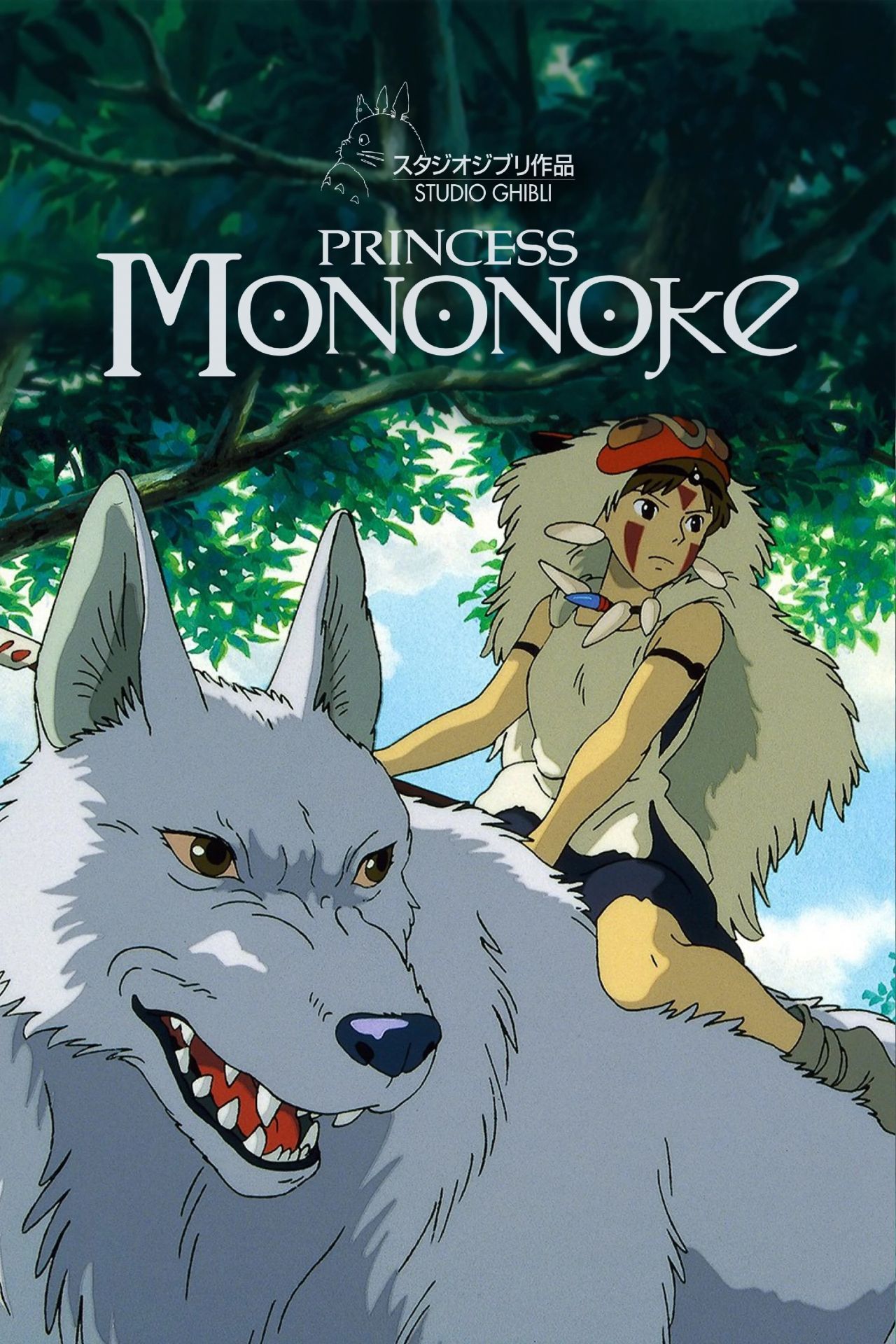
Princess Mononoke
- Release Date
-
July 12, 1997
- Runtime
-
133 Minutes
1
‘Spirited Away’ (2001)
Directed by Hayao Miyazaki
Spirited Away follows Chihiro, a 10-year-old girl who stumbles into a mysterious, otherworldly realm while moving to a new home with her parents. After her parents are transformed into pigs by a witch named Yubaba, Chihiro must navigate the magical bathhouse where spirits come to relax and rejuvenate. Chihiro encounters the enigmatic Haku, the mysterious No-Face and other colorful characters as she tries to free her parents and return to the human world.
This 2001 masterpiece is Studio Ghibli’s most celebrated film, earning international acclaim and winning the Academy Award for Best Animated Feature, the first anime to do so. Directed by Hayao Miyazaki, Spirited Away is a perfect blend of surreal imagination, profound themes, and emotional storytelling. Its stunning animation and meticulous attention to detail create a visually mesmerizing experience, that can even traumatize its viewers. The film’s exploration of identity, greed, and kindness resonates across cultures and ages, making it one of the best coming of age movies ever made. Spirited Away elevated Studio Ghibli to global prominence, solidifying its reputation as a powerhouse in storytelling.

